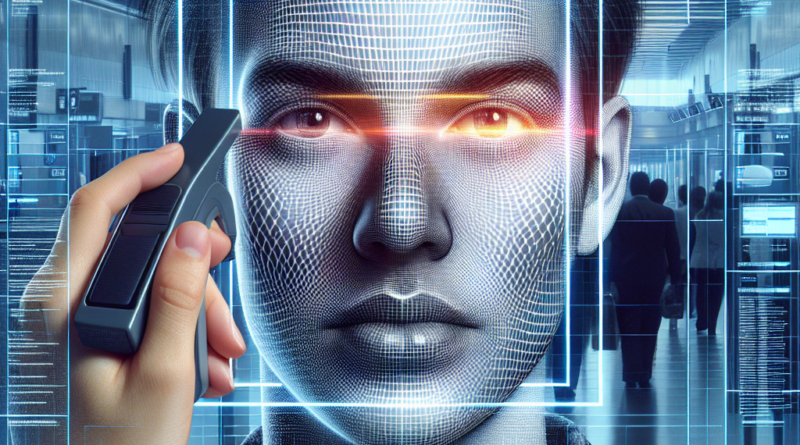How to Prevent Facial Scanning at the Airport
Opting out of Facial Scanning at the Airport
In airports, travelers often find themselves standing in front of a scanner for a few seconds.
While some may not question the lack of privacy in this process, others do.
Can you avoid having your face scanned? The answer is yes, and in this article, we explore how you can do so.
How Facial Recognition Works at Airports
Facial recognition is an advanced technology used to enhance and expedite the process of passenger identity checks and verifications.
Here’s how it works:
– An image of a face is captured through a camera at the security checkpoint or boarding gate.
– The image is converted into a facial template, a numerical representation of facial features.
– The facial template is compared to images stored in a government database, such as passports and identity documents.
– If the facial template matches one of the images in the database, the passenger’s identity is verified, and they can proceed.
The system is designed to be quick and reduce wait times, but it also raises concerns about the privacy and security of biometric data.
Where is Facial Recognition Used?
Facial recognition is not limited to airports.
It is also used:
– To verify travelers’ identities and prevent unauthorized entry at national borders.
– By law enforcement to identify suspected criminals and missing persons.
– To ensure security at large events such as sports games.
– By companies and stores to prevent theft and personalize the shopping experience.
– As a method of unlocking smartphones and computers for secure authentication.
In many cases, we passively allow facial recognition, such as with our smartphones, for greater convenience.
Concerns About Biometric Data
Facial recognition technology poses some risks.
There have been cases of biometric data breaches due to security violations, and the technology itself is known to misidentify Black individuals due to biases in artificial intelligence.
Moreover, widespread use of facial recognition could lead to the normalization of mass surveillance, further eroding our privacy.
These are just a few points from organizations against AI recognition in public places.
Another major concern is what happens to the data after the face is scanned.
If you are not a U.S.
citizen, facial images could be retained for decades in government databases and shared with other agencies.
Even if you are a U.S.
citizen, photos are kept for a maximum of 12 hours, but there is uncertainty about how facial models and prints are handled.
Exercising the Right to Opt Out
Saying “no” to facial scanning at the airport is simpler than you might think.
In the United States, for example, all passengers can refuse facial scanning for domestic flights, and U.S.
citizens can also do so for international flights.
Simply avoid the camera, cover your face with a mask, show your ID, and clearly state: “I opt out of biometrics.
I want the standard verification process.”
In theory, an agent should manually verify the ID and match it to your face.




